From the emergence of the first wearable clock watches in 16th century Germany to now, it’s safe to say the watch industry has seen a staggering amount of turbulence and change, particularly over recent years.
Whilst it can feel as if modern society has almost completely moved on to the flashier aesthetics of the popular smartwatch, it’s impossible to recognise how far things have come without first reflecting on the rich history of the more traditional watchmaking industry.
Pocket watches might not be the earliest examples of wearable timepieces, but they undoubtedly acted as a vital muse when it came to inspiring the invention of the wristwatches we’ve all taken such a liking to today.
Even as times change and the world continues to modernise, pocket watches remain a symbol of elegant tradition and an integral element of horological fashion. In this article, we’ll find out when they were invented, what they were used for, how they worked and, how their timeless charm has survived in the age of the smartwatch.
When were pocket watches invented?
 Waltham Pocket Watch. Credit - WatchGecko
Waltham Pocket Watch. Credit - WatchGecko
- Regular price
- $129.00 CAD
- Regular price
-
- Sale price
- $129.00 CAD
- Unit price
- per
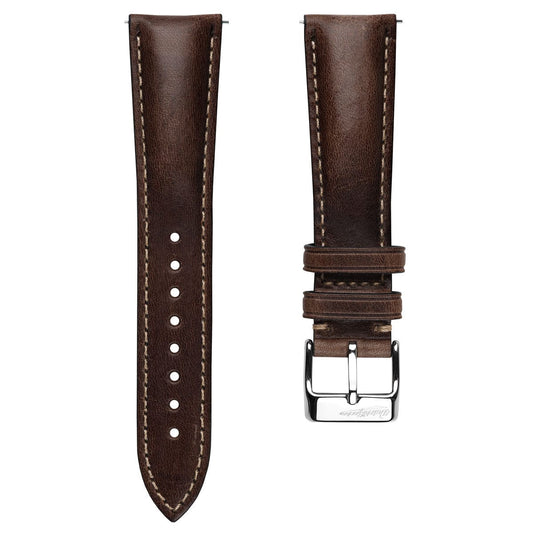
- Regular price
- $129.00 CAD
- Regular price
-
- Sale price
- $129.00 CAD
- Unit price
- per
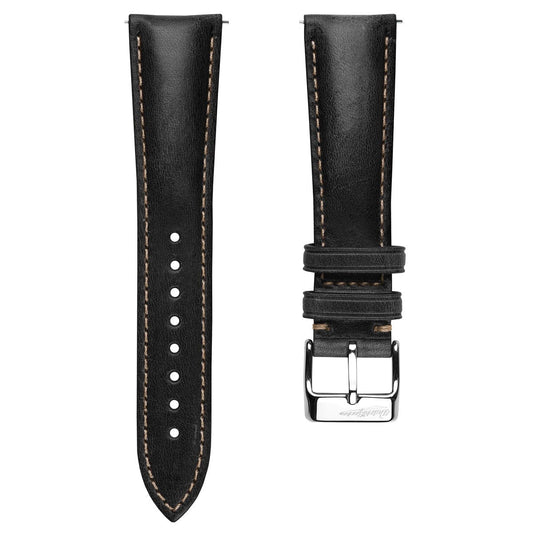
- Regular price
- $129.00 CAD
- Regular price
-
- Sale price
- $129.00 CAD
- Unit price
- per

Peter Henlein was the first documented inventor of the earliest wearable timepieces. Somewhere between the size of a wall clock and a wristwatch as we now know it, his one-handed clock watches were initially worn around the neck as pendants. They were often shaped like animals or other novelty objects and would require winding twice a day which was perhaps not the most efficient or accurate timekeeping solution, but it certainly did the trick as a moniker of status and nobility.
It didn’t stay this way for long though, as thanks to Henlein’s invention of the mainspring, modifications could be made for the manufacture of smaller, portable clocks. His initial boxier clock watches were eventually redesigned in the 17th century, and this is where they began to take on the rounded shape we have since become accustomed to.
How were pocket watches worn?
With the public then as reliant on Royal fashion inspiration as many still are now, it was Charles II of England who started the pocket watch trend when he introduced waistcoats and began carrying his watch inside the front pocket. The popular pocket watch obviously wasn’t a viable timekeeping solution for women, but it caught on quickly amongst men who could conveniently, and stylishly, wear their newly rounded watches in the pocket of their waistcoat.


New Railroad Pocket Watch. Credit - Hamilton
In the 1800s it was a member of the Royal Family who once again re-energized the trend, as Prince Albert introduced the ‘Albert Chain’. The functional fashion accessory worked by securing the chain of a man’s pocket watch to his outer garment using a clip.
How did pocket watches work?
 Waltham Pocket Watch. Credit - WatchGecko
Waltham Pocket Watch. Credit - WatchGecko


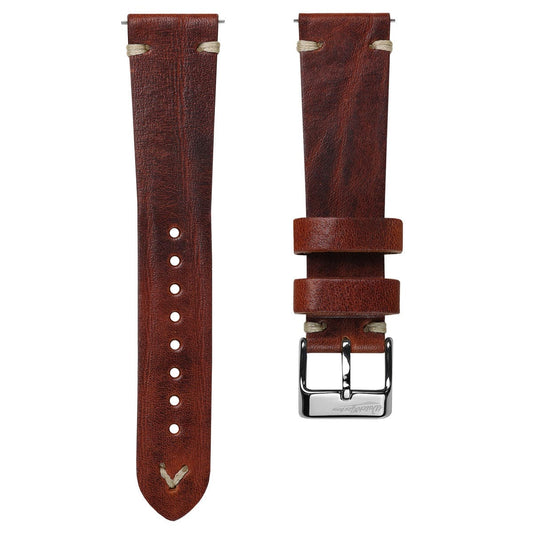
When the balance spring was eventually invented in 1657, pocket watches, and in turn the watchmaking industry, were forever changed. Able to reduce errors from a staggering several hours a day to just under ten minutes, the tiny, coiled springs heralded in levels of accuracy that would have previously seemed unimaginable.
Traditional mechanical pocket watches were equipped with hand-wound movements, meaning they could only obtain the necessary energy to operate if wound daily. Earlier examples, pre-dating the addition of rotating crowns, could be wound using a key that fitted into a hole on the pocket watches caseback. Either action would cause the spring inside the watches movement to coil, creating energy that could be stored there and released over time to the watches hour hand, making it functional.
 Waltham Pocket Watch. Credit - WatchGecko
Waltham Pocket Watch. Credit - WatchGecko
The incorporation of balance springs also allowed minute hands to make their way onto watch faces for the first time in the 1680’s.
Does anyone wear a pocket watch anymore?
During the First World War it suddenly became inconceivable for most men to wear fashionable pocket watches. Wristwatches (fondly nicknamed ‘trench watches’ at the time) proved a more useful tool for soldiers, and they soon replaced pocket watches as a necessary alternative thanks to their utilitarian purposes.
No longer a mainstream fashion trend, pocket watches became an increasingly uncommon sight as the watch industry modernised in favour of the wristwatch. There was lessening demand at the time, but their rich heritage has lived on, surviving hundreds of years as a symbol of luxury and elegance from a time gone by.
Even now there are plenty of innovative luxury watchmaker’s who are keen to inject some of the pocket watches traditional, classy aesthetic into their modern offerings. Take Vacheron Constantin’s Historique collection for example, which features the striking American 1921 model, a modern interpretation of a model previously launched by the brand during the Roaring Twenties.
 Historiques American 1921. Credit - Vacheron Constantin
Historiques American 1921. Credit - Vacheron Constantin
- Regular price
- $242.00 CAD
- Regular price
-
- Sale price
- $242.00 CAD
- Unit price
- per

- Regular price
- $242.00 CAD
- Regular price
-
- Sale price
- $242.00 CAD
- Unit price
- per
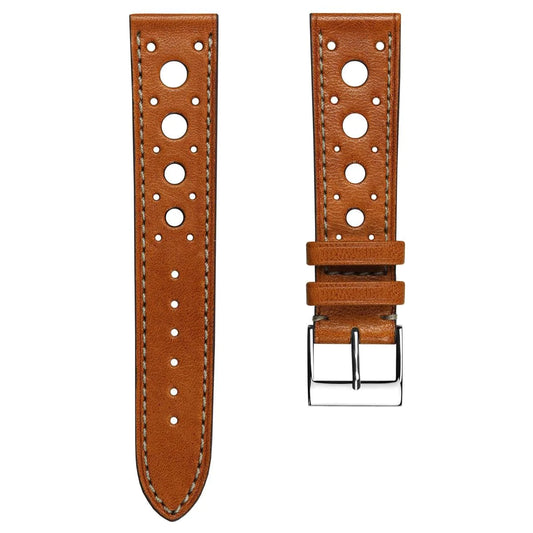
As we’ve established, wristwatches became a more logical timekeeping method when WWI began in 1914, but that doesn’t mean soldiers had instant access to those ‘trench watches’. Prior to this, resourceful soldiers would simply strap their pocket watches to their wrists for convenience. Once real wristwatches were eventually provided, they continued to incorporate pocket watch movements with the crown remaining at 12 o’clock.
As the Historiques American 1921 celebrated its 100th birthday in 2021, the re-issue called in to question the origins of this now iconic design. Was it purely designed with a slanted dial and crown at 12 o’clock so it could be used whilst driving (as the story goes) or, perhaps, is the distinct design purposefully reminiscent of the pocket watches that men would pragmatically strap to their wrists during the War? Considering Vacheron’s rich history as prominent pocket watch makers, it’s not too much of a stretch but either way, it makes for a good story.


New Railroad Pocket Watch. Credit - Hamilton
With collectors and enthusiasts alike hungry for more and more vintage and vintage-inspired pieces, there are of course brands who take it one step further. Capturing 130 years of rich horological history, Hamilton released the limited-edition new Railroad Pocket Watch in homage to the railroad-graded pocket watches of their past. Known as the brand behind ‘The Watch of Railroad Accuracy’, Hamilton’s popular 992 model was eventually selected by the U.S government as the official timekeeper of the American built railroads of France, thanks to its unparalleled precision.
“We had it right the first time”
Hamilton’s charismatic re-release soon sold out and is now discontinued, but you won’t have to look too far to find an alternative that is perhaps the best of both worlds…




The American Artisan Series. Credit - Vortic Watch Company
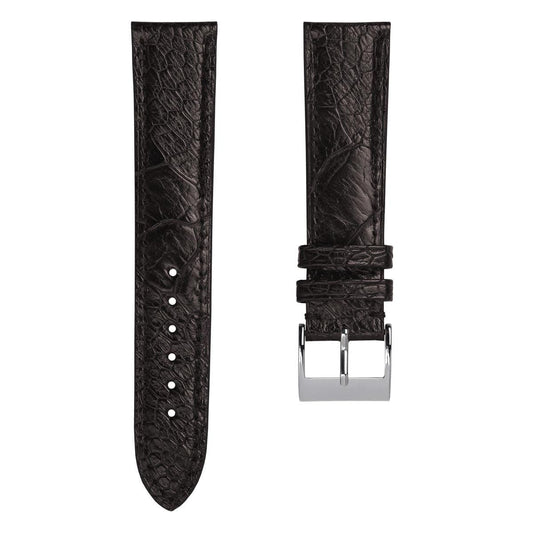

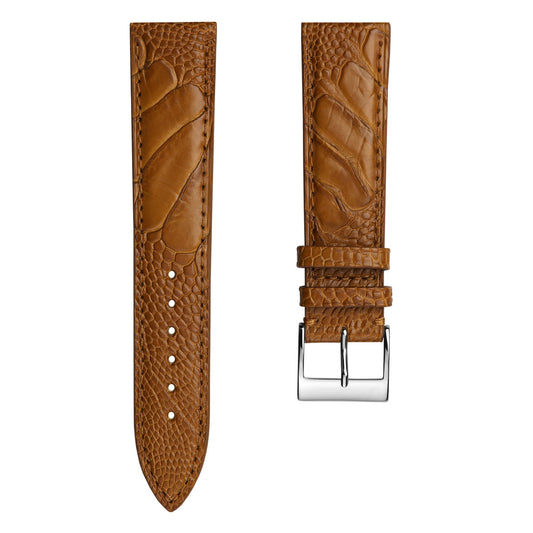
The Vortic Watch Company upcycle real pieces of American history by salvaging pocket watches and preserving them inside custom-made metamorphosed wristwatch cases. Having won a high-profile Federal Court case against Hamilton themselves back in 2021, Vortic can now continue to bring snippets of the past back to life for the enjoyment of a new generation. Their skilfully made homages to the past are presented as the American Artisan Series and make use of original antique American pocket watch movements, dials and hands.
Nonetheless, if you’re looking for the real deal, Albert chain and all, original pocket watches do frequently appear at auction. In fact, just last month a 14k gold, Waltham pocket watch sold at auction (Henry Aldridge & Son Ltd.) for an astonishing £1.175 million. The original estimate was between £100,000 – 150,000 but the pocket watch, found aboard the tragic sinking of R.M.S Titanic, originally belonged to John Jacob Astor IV who tragically perished aboard and was worth much more to collectors than expected.


From the tragedy of the R.M.S. Titanic sinking on 15 April 1912 a 14k gold Waltham pocket watch originally belonging to John Jacob Astor IV who perished during the sinking. Sold by Henry Aldridge & Son Ltd for £1.175 million. © Photos courtesy of Henry Aldridge & Son Ltd.
On the whole, it seems collectors are undeterred by the humble pocket watches less than trendy status and plenty of original models are re-homed with those who desire to own a piece of traditional horological history. As Hamilton, Vortic, and Vacheron Constantin have also proved, there is still very much a place for modernised variations in today’s market and I think we can expect to see more contemporary models presented that offer a taste of the pocket watches distinct character, tradition and elegance.







